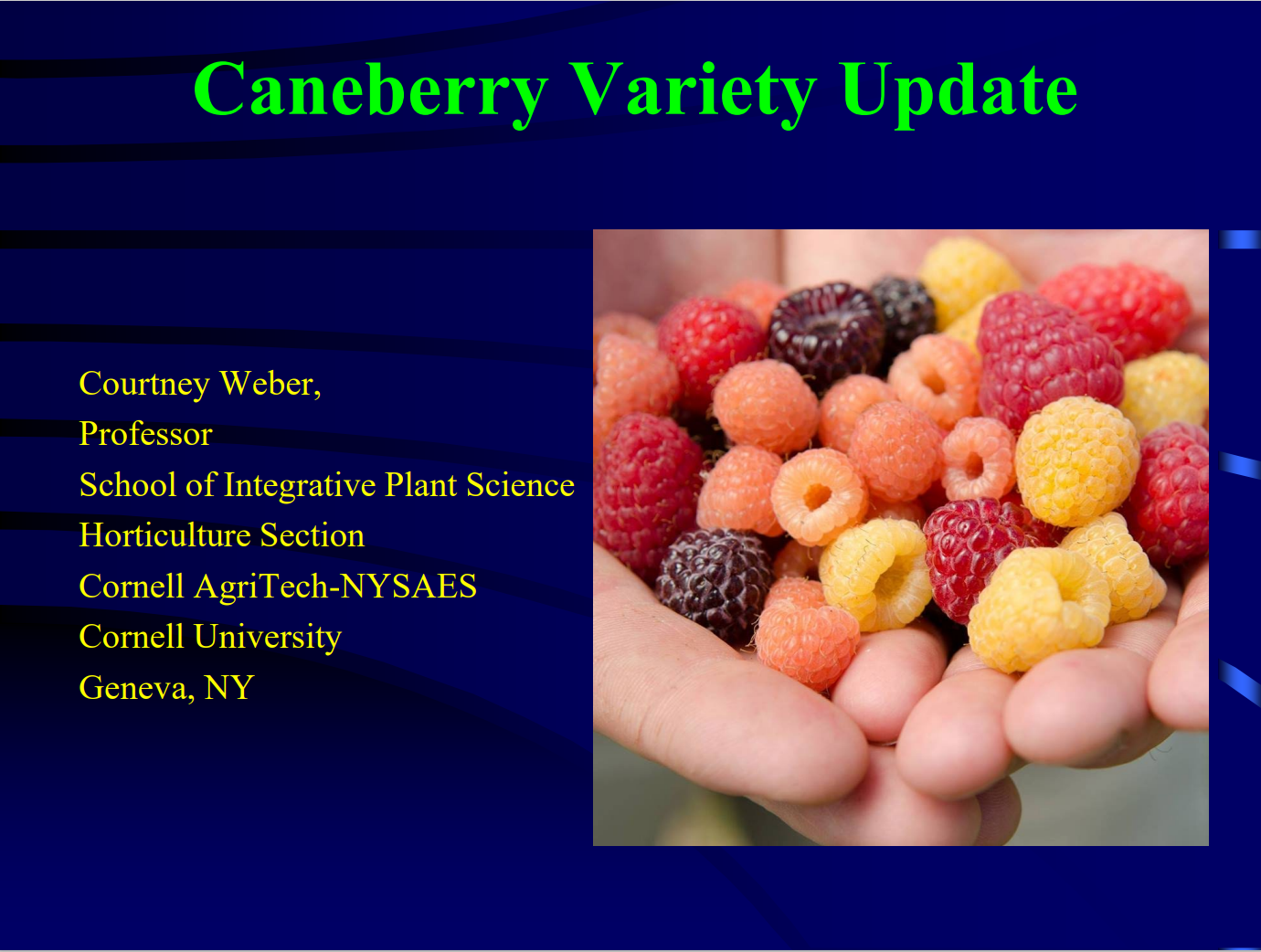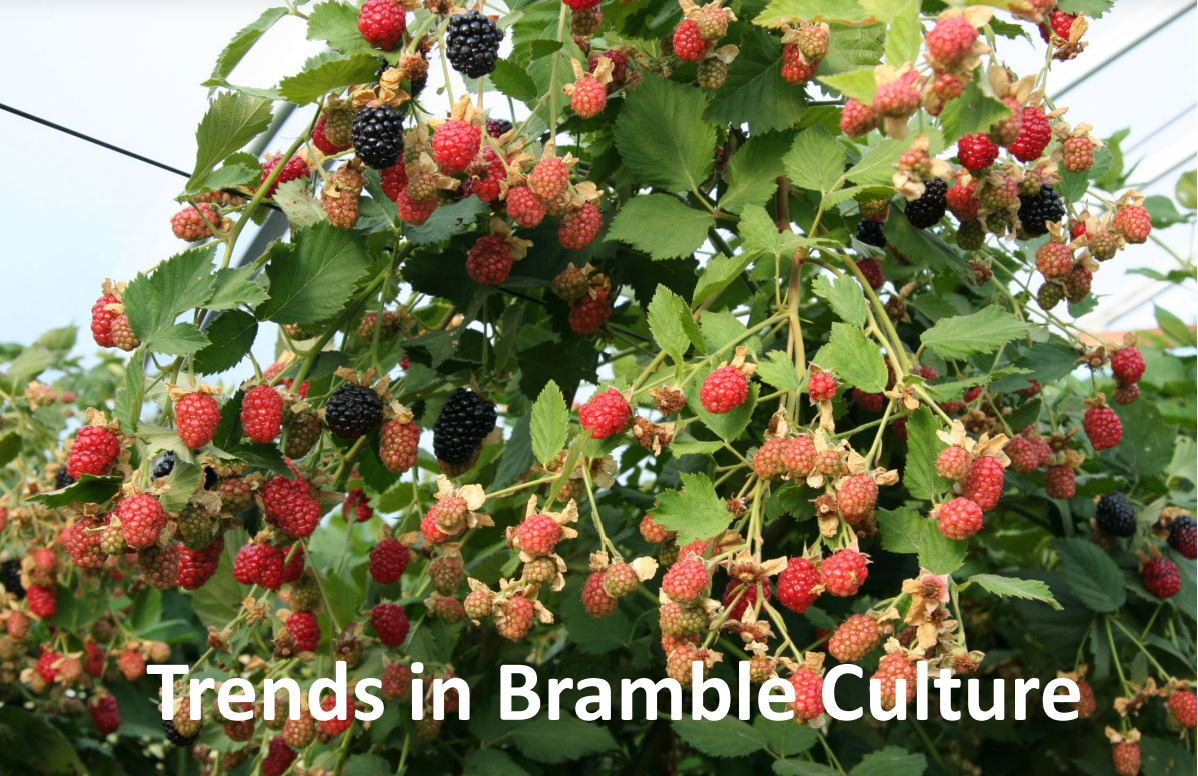At the 2024 Empire State Expo, a variety of experts presented recent findings on berry studies and trials. They’ve kindly shared their presentations with us, which you can access here by clicking on the link beneath each photo. From trends in bramble culture to blueberry pruning, managing anthracnose resistance, and a unique rotating cross-arm trellis system, these presentations represent some of the newest and most innovative techniques in berry growing.
Can a Robot Be the Future of Berry Crop Pollination?
Photo by Yu Gu, West Virginia University
Recognizing both the sobering statistics for colonies of pollinators and the steadily increasing global population, scientists at West Virginia University, in a project funded by the USDA National Institute of Food and Agriculture’s National Robotics Initiative, have created a robot called the BrambleBee. Says Dr. Yu Gu, Associate Professor of Mechanical and Aerospace Engineering at WVU, “We are not aiming at replacing bees. We are hoping to use the robotic pollinator in places where bees are not available or not enough.”
This includes high tunnels, where the growing season can be extended, but where pollination is more difficult because light diffusion makes it harder for honeybees to navigate the crops.
So far, the BrambleBee has been tested on blackberry plantings. Like a self-driving car, the BrambleBee is a robot that learns to navigate specific places. Using lidar—a detection system that works similarly to radar, but uses light from a laser instead of radio waves—the robot first creates a 3-D map of a greenhouse. It then passes through the rows again, with the purpose of reaching as many flowers as possible with its mechanical arm. After positioning itself in front of a plant, the BrambleBee takes photos of the plants and flowers and creates an even higher-resolution map.
When it finds a flower that’s ready for pollination, the BrambleBee extends a small 3-D-printed brush with flexible polyurethane bristles—modeled on the scopa, or hairs of the honeybee—to gently loosen the pollen. This transfers the pollen from the anthers to the pistils for pollination. The BrambleBee is thought to be careful enough to work alongside bees, as opposed to miniature pollinating drones, which may injure bees as they hover over and around crops.
Says Dr. Nicole Waterland, Associate Professor of Horticulture at WVU, “A robotic pollinator does not need to rest and could potentially pollinate continually.” Another benefit of the BrambleBee: the ability to work in multiple locations. Neighboring farms could share the cost of a unit and then transfer the robot between them for autonomous pollination.
The BrambleBee is still in the experimental stage, but early results are promising for it and other robotic tools. “We hope this is the beginning of a new era in crop production using robotic systems,” Waterland says. “We would like to utilize this platform as a start to create a robot that could act as a grower’s assistant. We hope the robot could help with monitoring the health status of the plant, e.g., monitoring water status and nutrient needs.”












